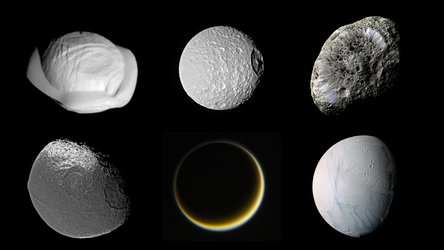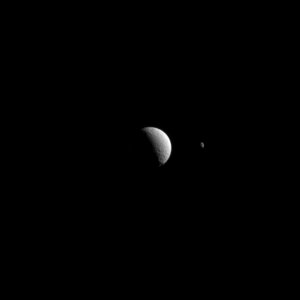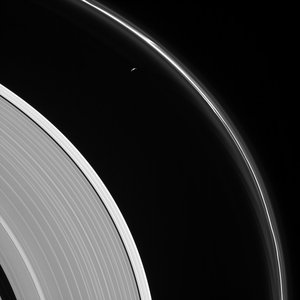Accept all cookies Accept only essential cookies See our Cookie Notice

About ESA
The European Space Agency (ESA) is Europe’s gateway to space. Its mission is to shape the development of Europe’s space capability and ensure that investment in space continues to deliver benefits to the citizens of Europe and the world.
Highlights
ESA - United space in Europe
This is ESA ESA facts Member States & Cooperating States Funding Director General Top management For Member State Delegations European vision European Space Policy ESA & EU Space Councils Responsibility & Sustainability Annual Report Calendar of meetings Corporate newsEstablishments & sites
ESA Headquarters ESA ESTEC ESA ESOC ESA ESRIN ESA EAC ESA ESAC Europe's Spaceport ESA ESEC ESA ECSAT Brussels Office Washington OfficeWorking with ESA
Business with ESA ESA Commercialisation Gateway Law at ESA Careers Cyber resilience at ESA IT at ESA Newsroom Partnerships Merchandising Licence Education Open Space Innovation Platform Integrity and Reporting Administrative Tribunal Health and SafetyMore about ESA
History ESA Historical Archives Exhibitions Publications Art & Culture ESA Merchandise Kids Diversity ESA Brand Centre ESA ChampionsLatest
Space in Member States
Find out more about space activities in our 23 Member States, and understand how ESA works together with their national agencies, institutions and organisations.
Science & Exploration
Exploring our Solar System and unlocking the secrets of the Universe
Go to topicAstronauts
Missions
Juice Euclid Webb Solar Orbiter BepiColombo Gaia ExoMars Cheops Exoplanet missions More missionsActivities
International Space Station Orion service module Gateway Concordia Caves & Pangaea BenefitsLatest
Space Safety
Protecting life and infrastructure on Earth and in orbit
Go to topicAsteroids
Asteroids and Planetary Defence Asteroid danger explained Flyeye telescope: asteroid detection Hera mission: asteroid deflection Near-Earth Object Coordination CentreSpace junk
About space debris Space debris by the numbers Space Environment Report In space refuelling, refurbishing and removingSafety from space
Clean Space ecodesign Zero Debris Technologies Space for Earth Supporting Sustainable DevelopmentLatest
Applications
Using space to benefit citizens and meet future challenges on Earth
Go to topicObserving the Earth
Observing the Earth Future EO Copernicus Meteorology Space for our climate Satellite missionsCommercialisation
ESA Commercialisation Gateway Open Space Innovation Platform Business Incubation ESA Space SolutionsLatest
Enabling & Support
Making space accessible and developing the technologies for the future
Go to topicBuilding missions
Space Engineering and Technology Test centre Laboratories Concurrent Design Facility Preparing for the future Shaping the Future Discovery and Preparation Advanced Concepts TeamSpace transportation
Space Transportation Ariane Vega Space Rider Future space transportation Boost! Europe's Spaceport Launches from Europe's Spaceport from 2012Latest

Saturn’s sponge-like moon Hyperion
Thank you for liking
You have already liked this page, you can only like it once!
The subject of this image bears a remarkable resemblance to a porous sea sponge, floating in the inky black surroundings of the deep sea.
Indeed, the cold, hostile and lonely environment of deep water is not too far removed from deep space, the actual setting for this image in which one of Saturn’s outer moons, Hyperion, can be seen in incredible detail. This image was taken by Cassini when the spacecraft performed a flyby of the small moon on 26 September 2005.
During the flyby, Cassini got more than it bargained for as Hyperion unleashed a burst of charged particles towards the spacecraft, effectively delivering a giant 200-volt electric shock. It appears that Hyperion’s surface becomes electrostatically charged as it is bathed in charged particles – both those constantly streaming out into space from the Sun and those trapped within the magnetic field of the moon’s host planet, Saturn.
While astronomers expected many bodies throughout the Solar System to be charged, the data from the Cassini flyby represent the first-ever experience of a charged natural object in space other than our own Moon.
Hyperion is shaped a bit like a potato and, with dimensions of 410 x 260 x 220 km, is one of the largest bodies in the Solar System known to be so irregular. Its odd, almost ‘bubbly’ appearance, can be attributed to it having a very low density for its size. Because of these properties the entire moon is porous, like a sponge, with well-preserved craters of all shapes and sizes packed together across its surface. Scientists think that this moon is mostly made up of water ice, with small amounts of rock.
Images taken using infrared, green and ultraviolet filters were combined to create this view. The natural redness of Hyperion’s surface was toned down in this false-colour image to enhance the visibility of the moon’s surface features
Cassini was approximately 62 000 km from Hyperion when the image was taken, and the image scale is 362 m per pixel.
The Cassini–Huygens mission is a cooperative project between NASA, ESA and Italy’s ASI space agency.
This image was previously released on the JPL photojournal image archive in September 2005.
-
CREDIT
NASA/JPL/Space Science Institute -
LICENCE
ESA Standard Licence

Saturn's moon Hyperion seen during Cassini fly-by

The odd surface of Hyperion

Saturn’s moon zoo

Distant moons















 Germany
Germany
 Austria
Austria
 Belgium
Belgium
 Denmark
Denmark
 Spain
Spain
 Estonia
Estonia
 Finland
Finland
 France
France
 Greece
Greece
 Hungary
Hungary
 Ireland
Ireland
 Italy
Italy
 Luxembourg
Luxembourg
 Norway
Norway
 The Netherlands
The Netherlands
 Poland
Poland
 Portugal
Portugal
 Czechia
Czechia
 Romania
Romania
 United Kingdom
United Kingdom
 Slovenia
Slovenia
 Sweden
Sweden
 Switzerland
Switzerland

























